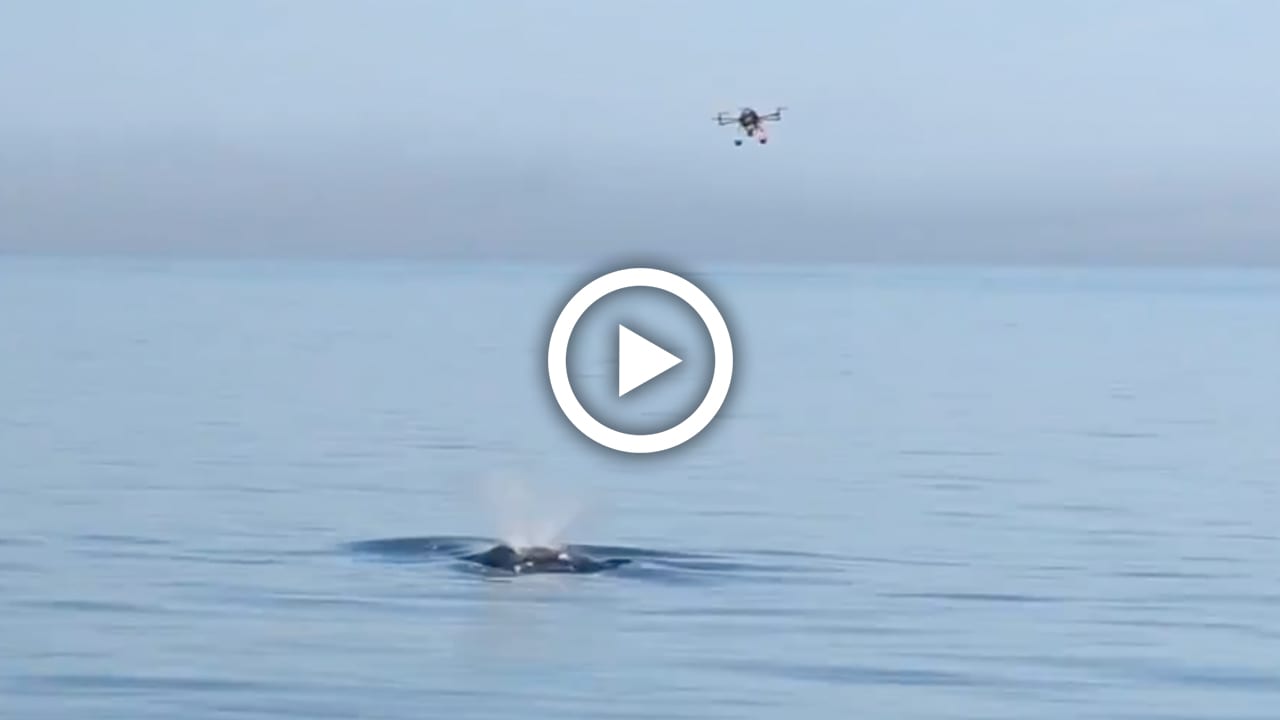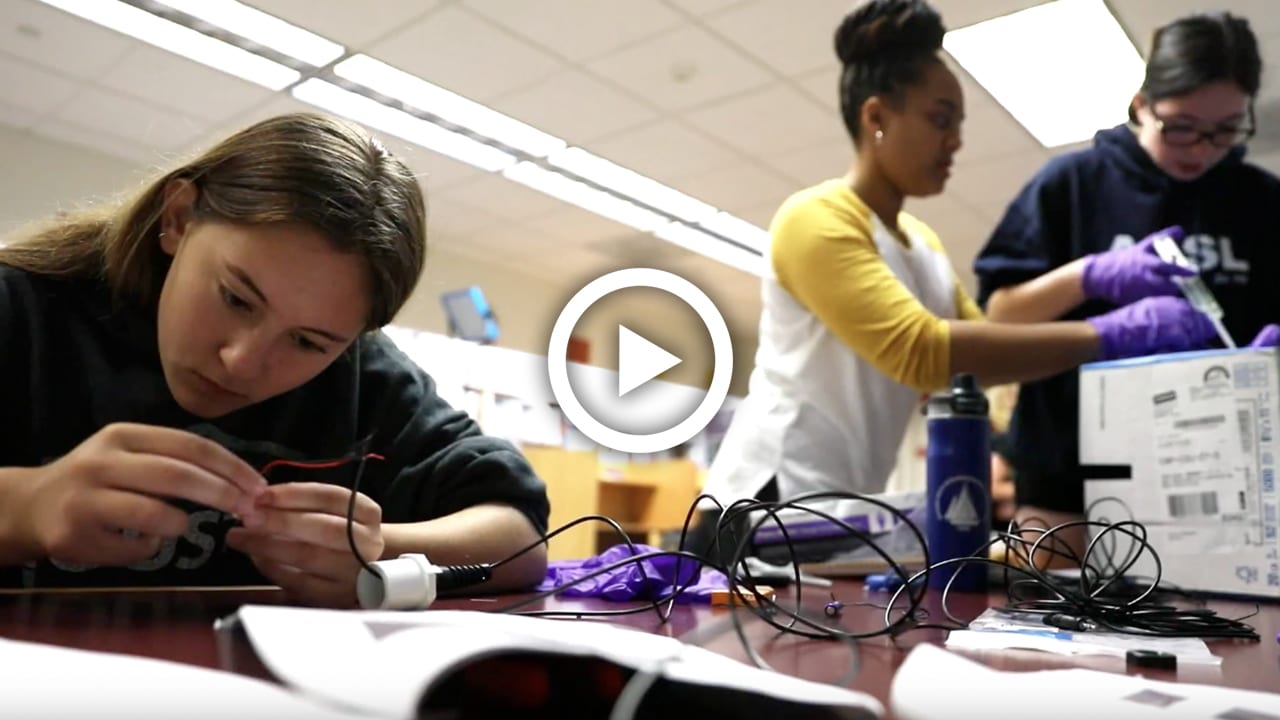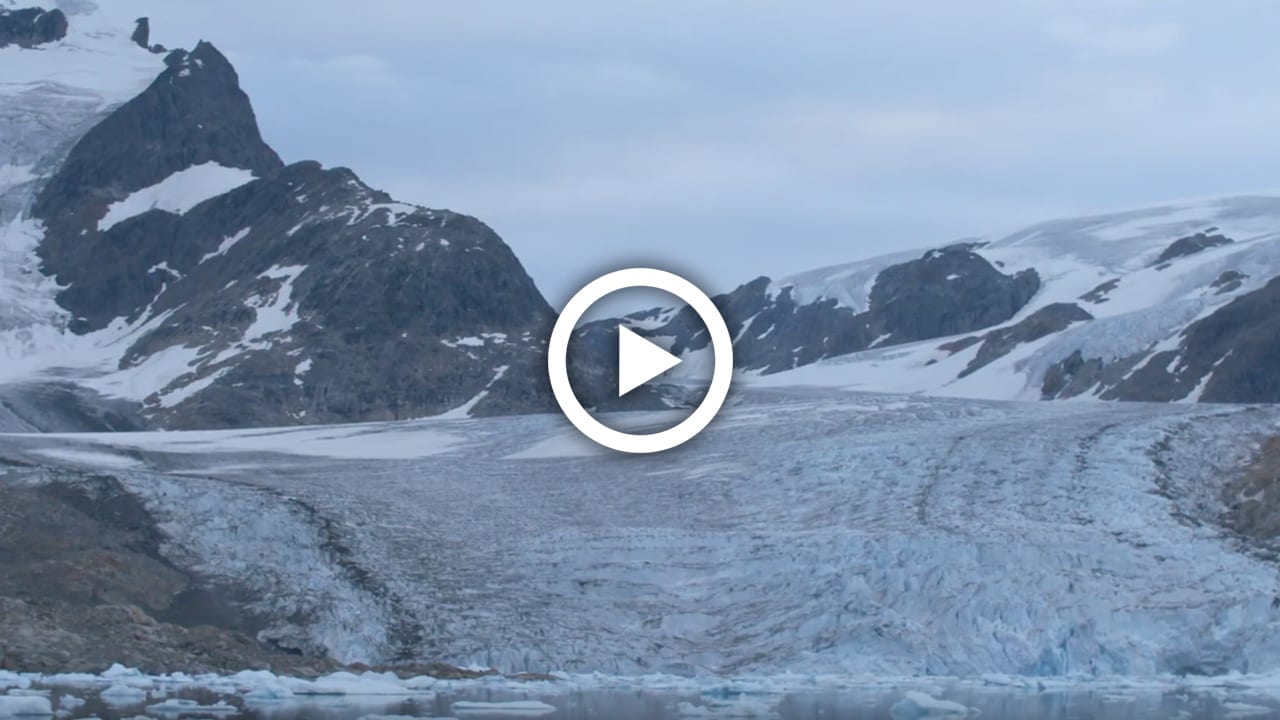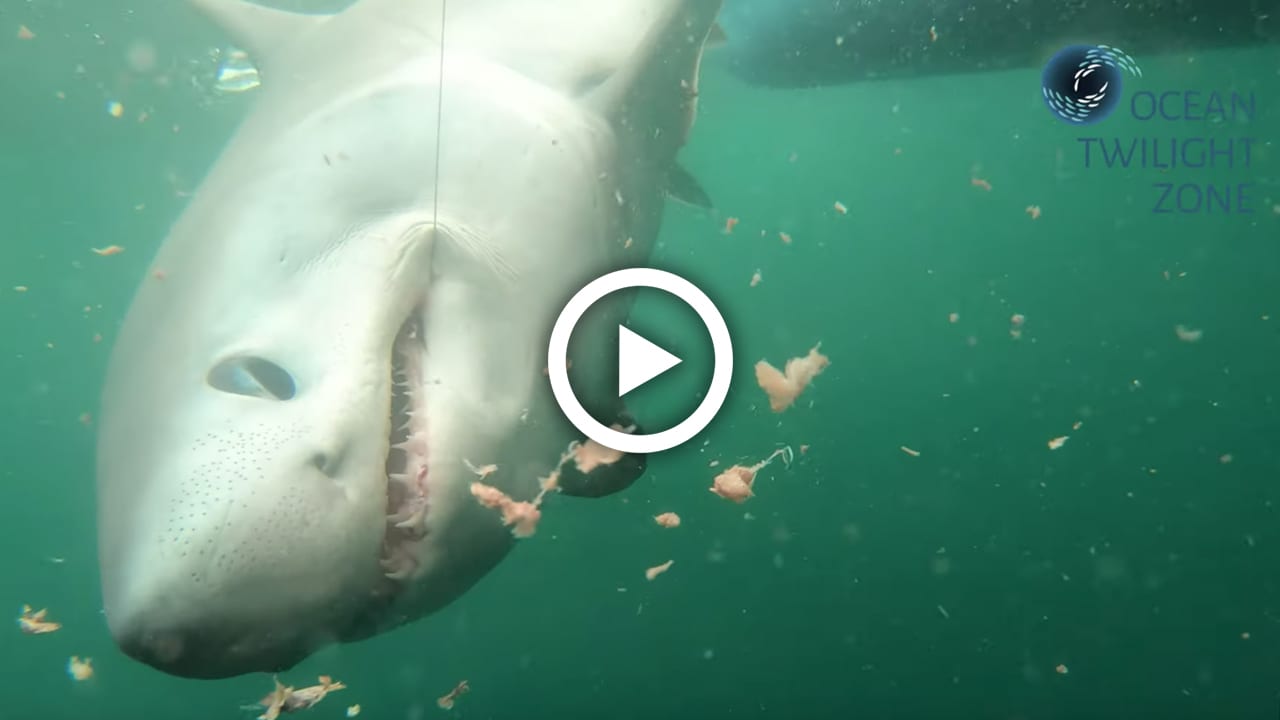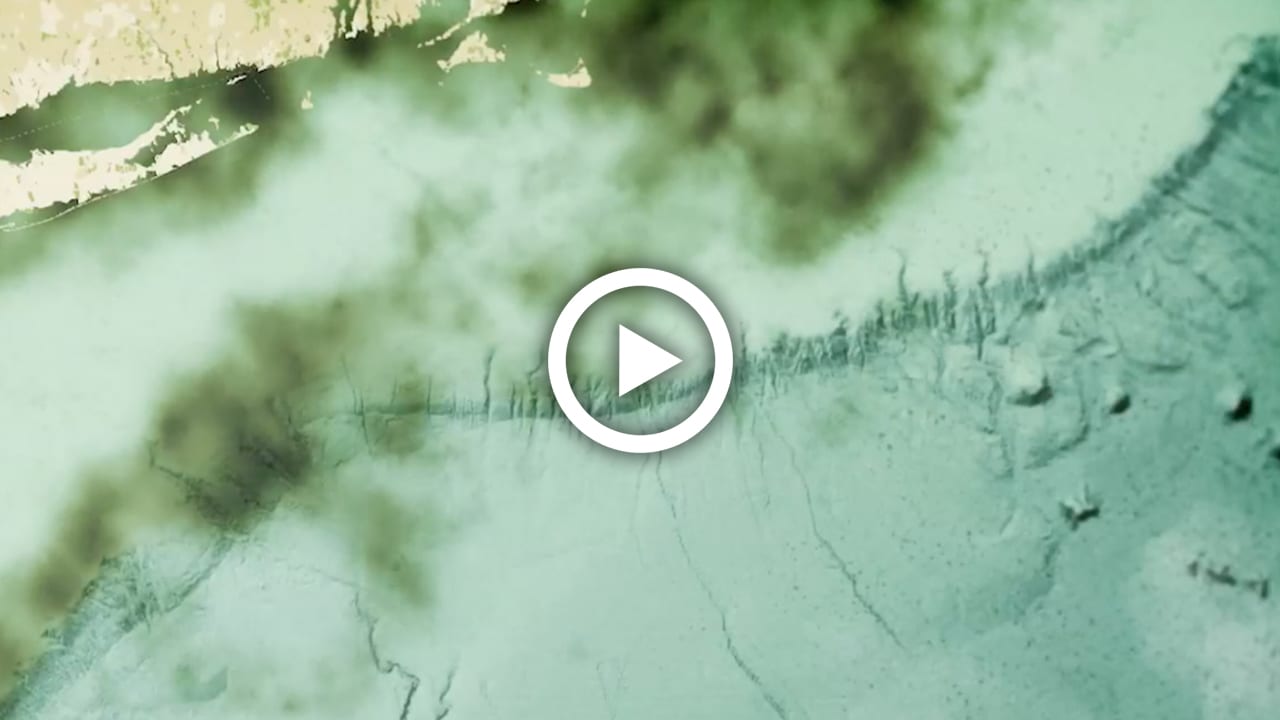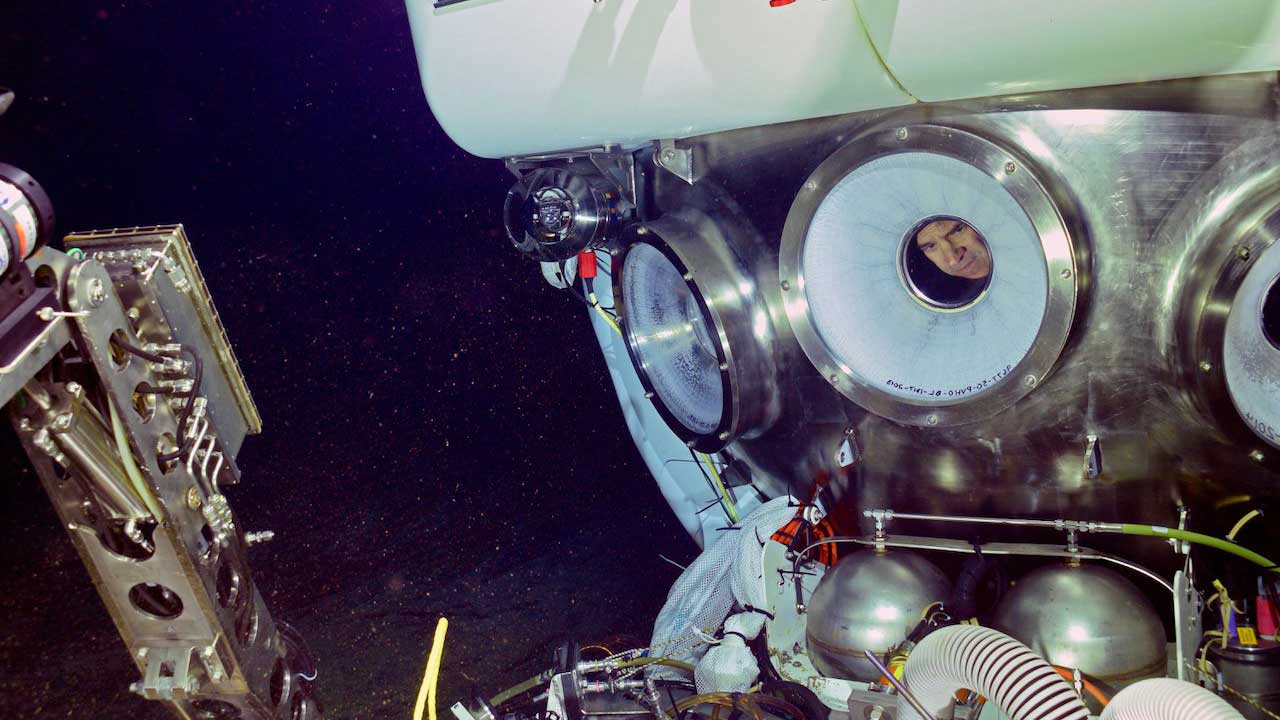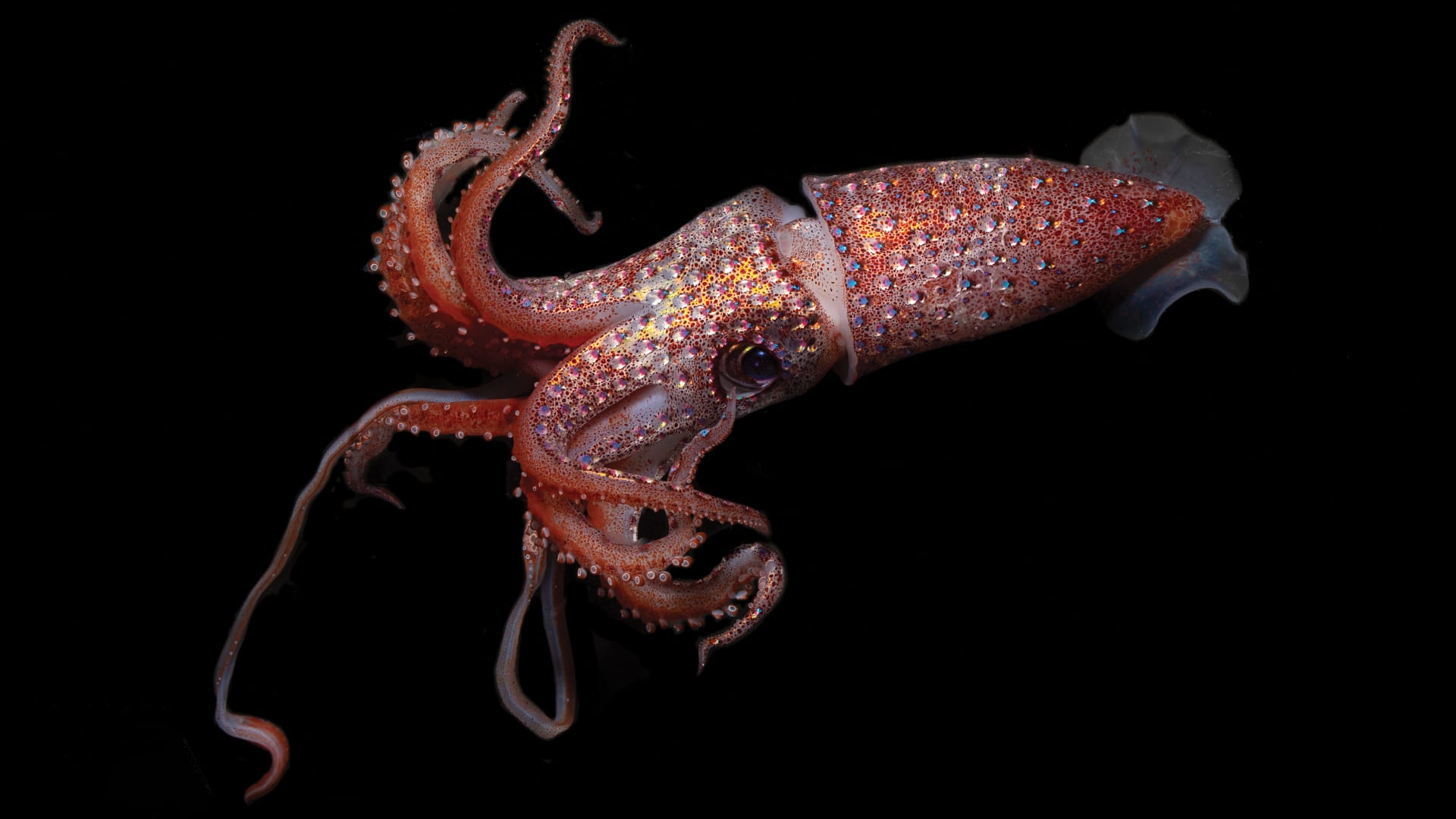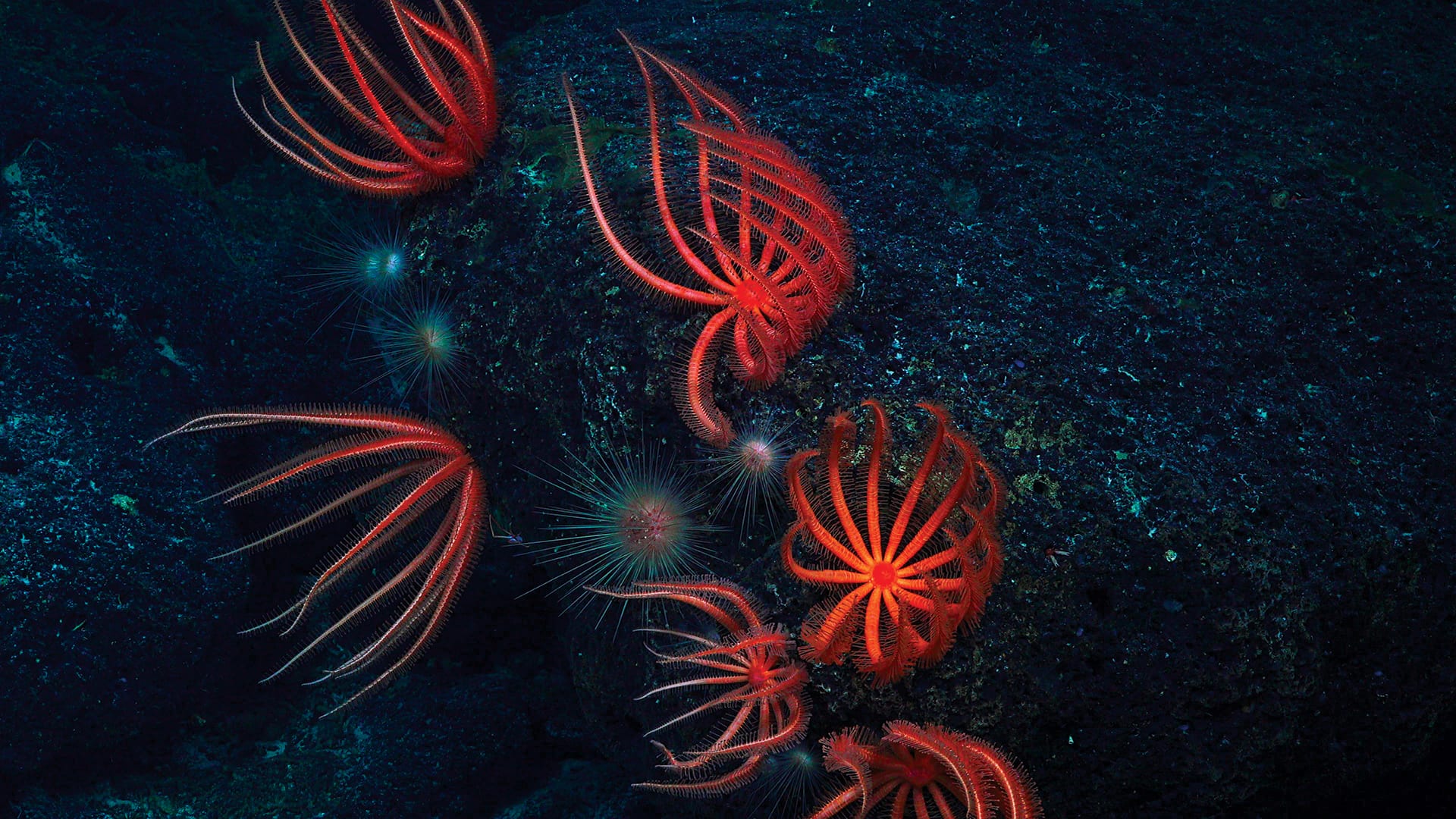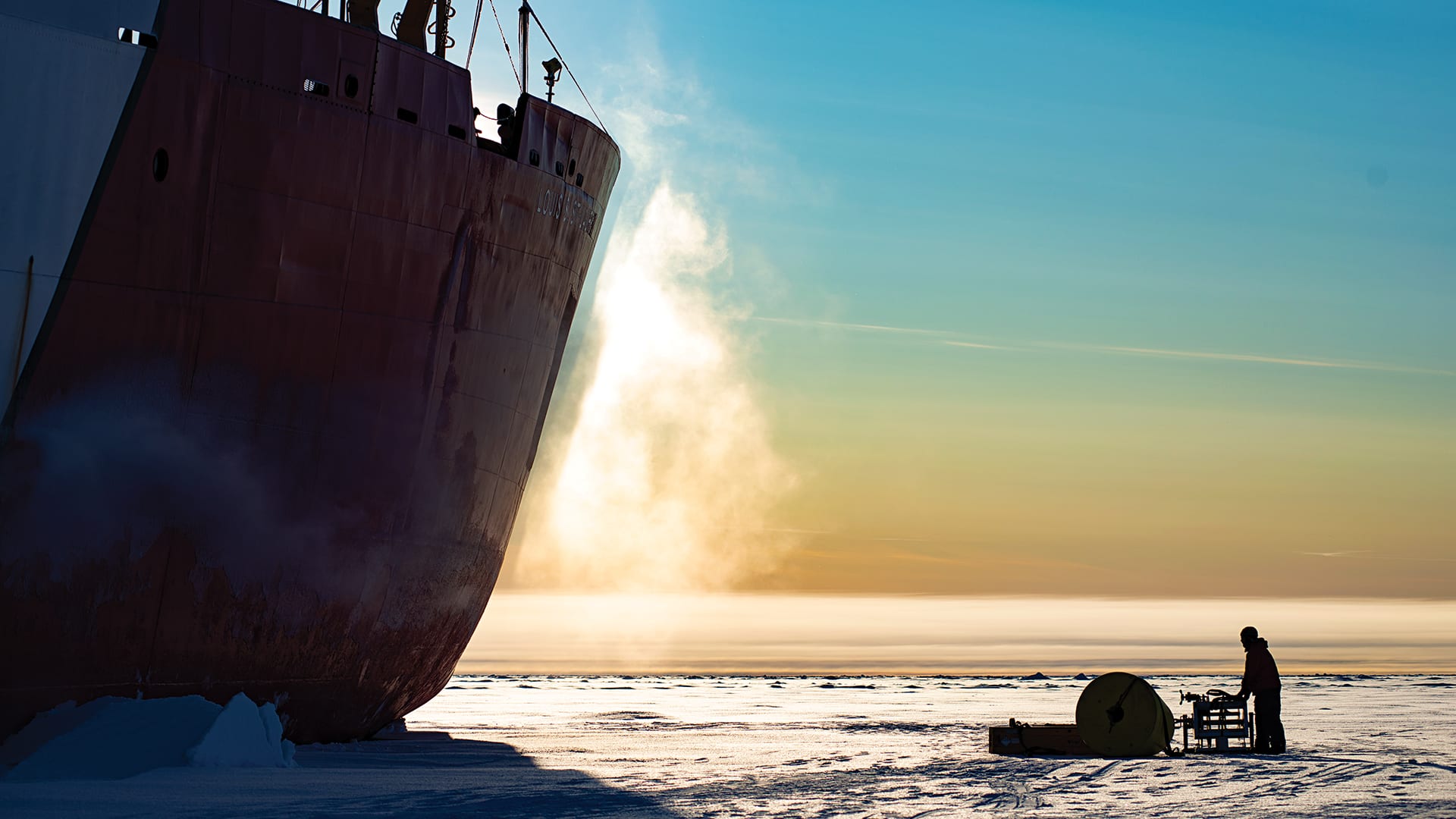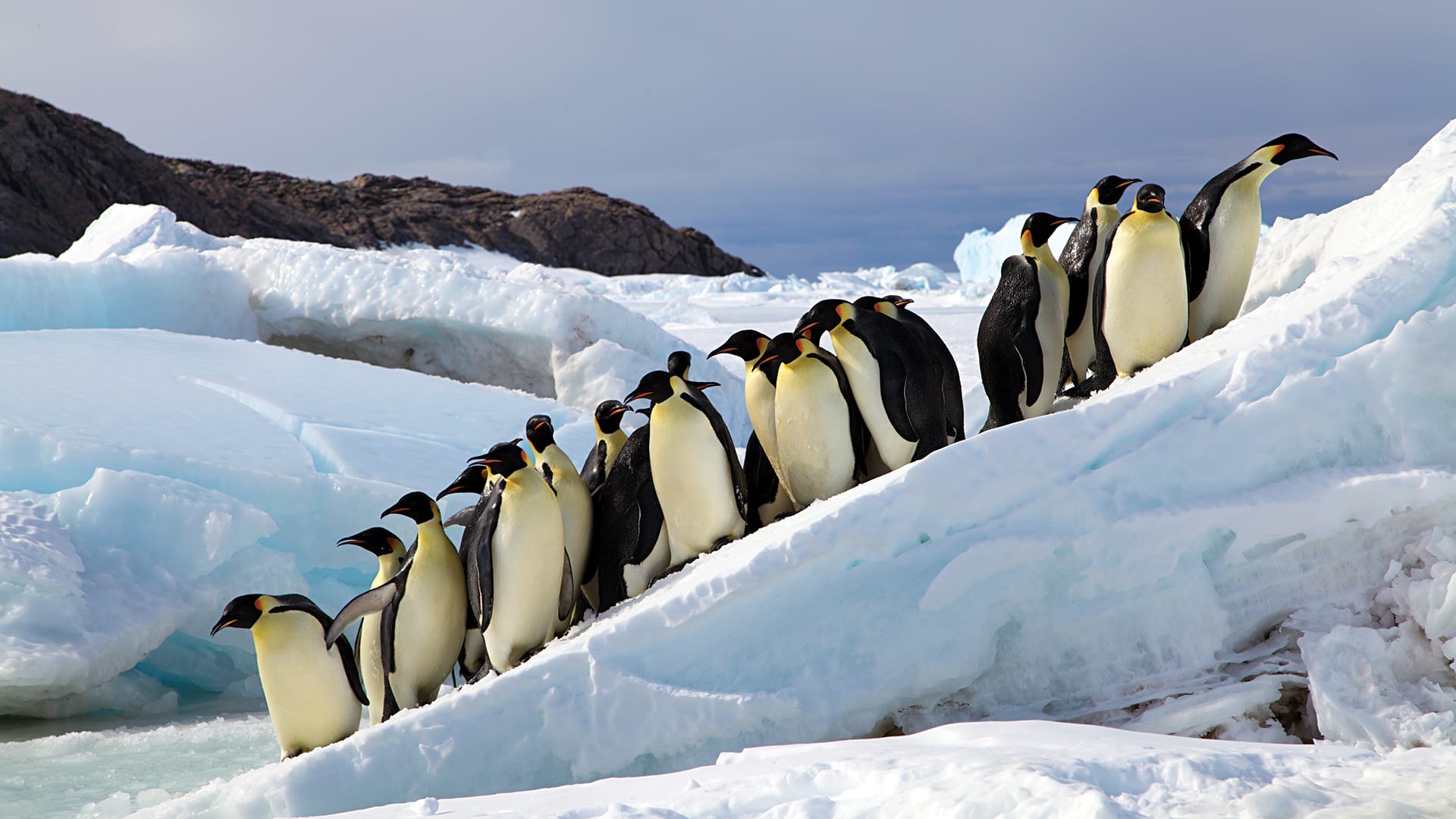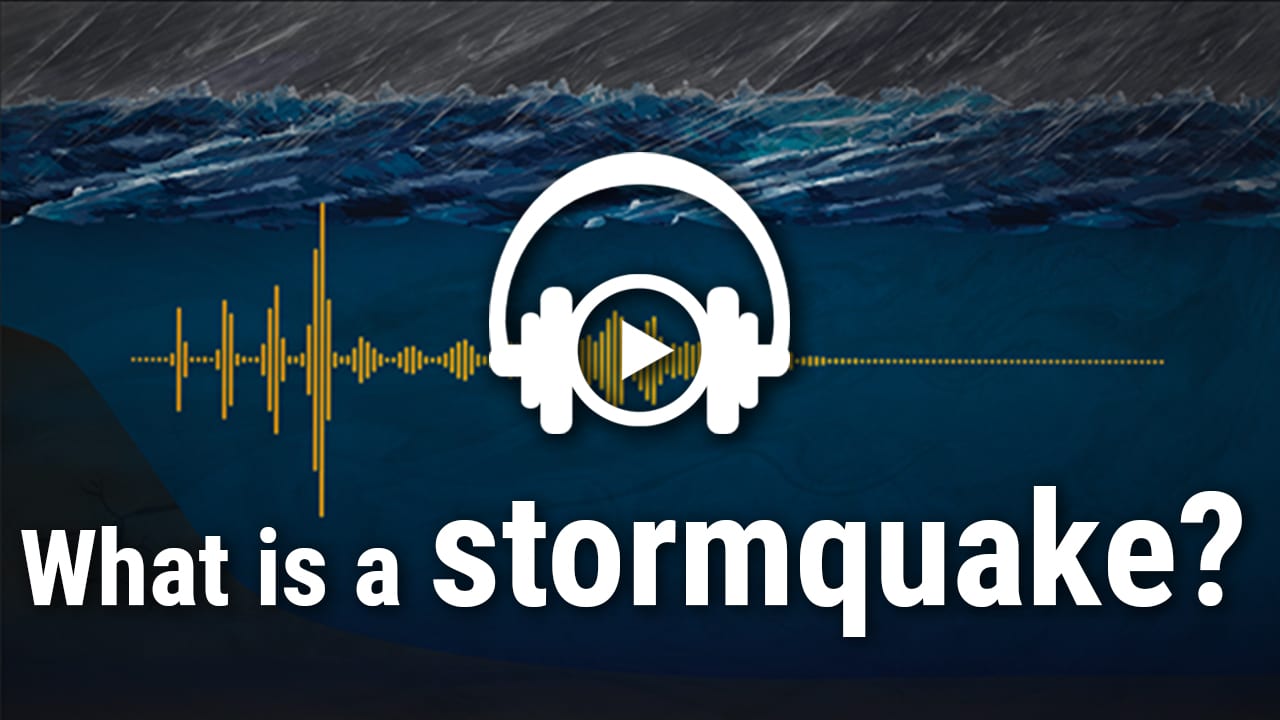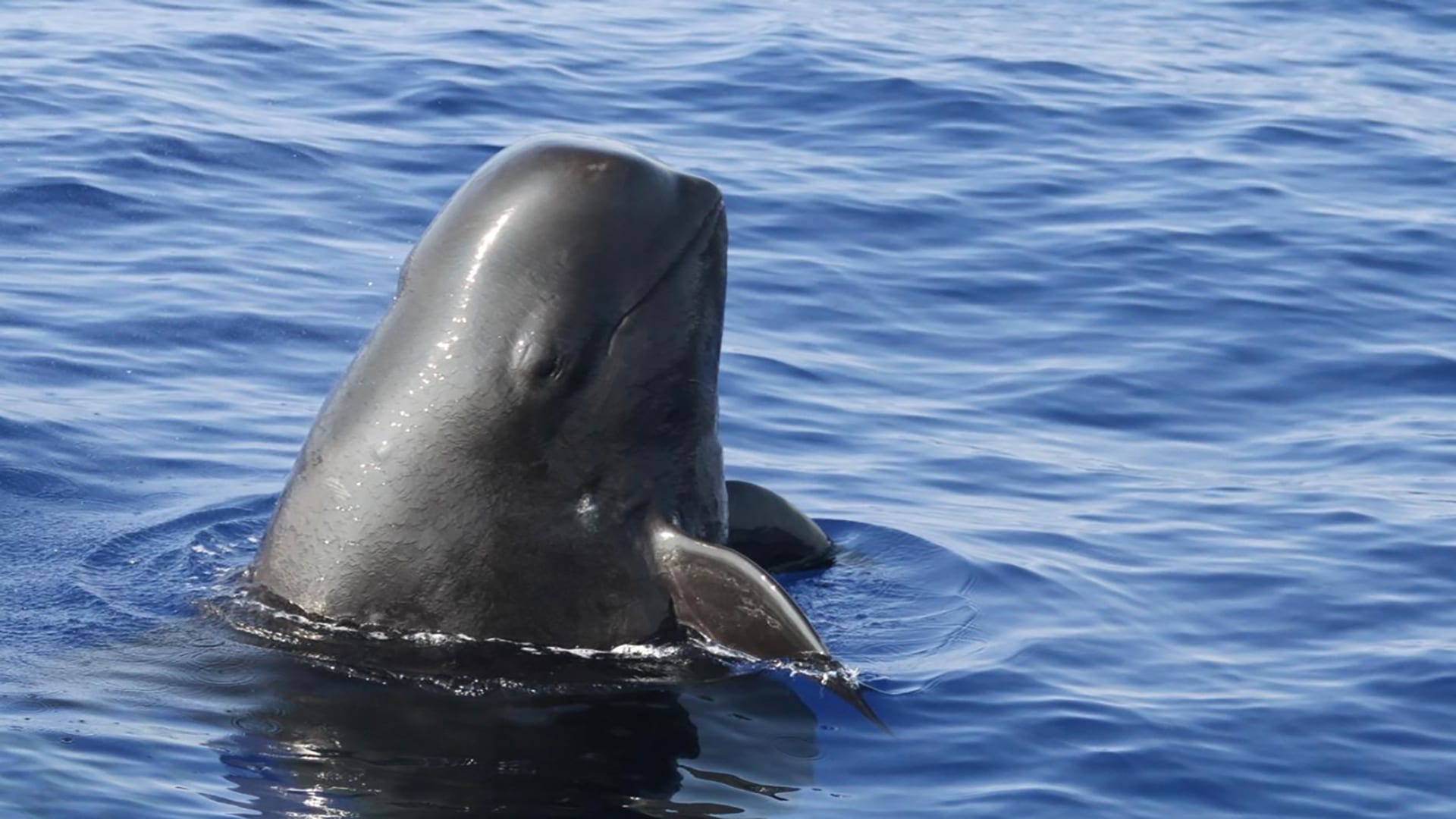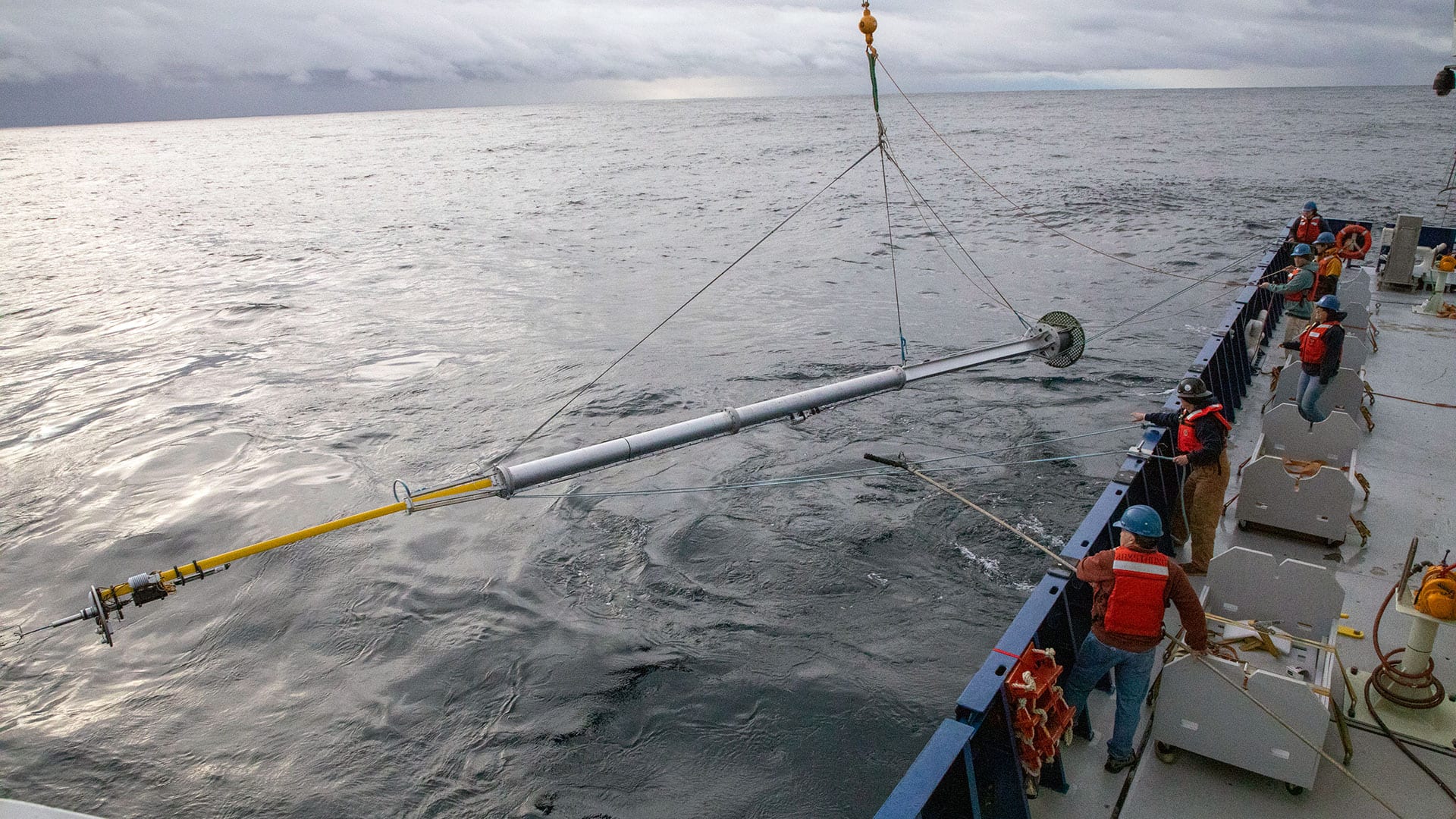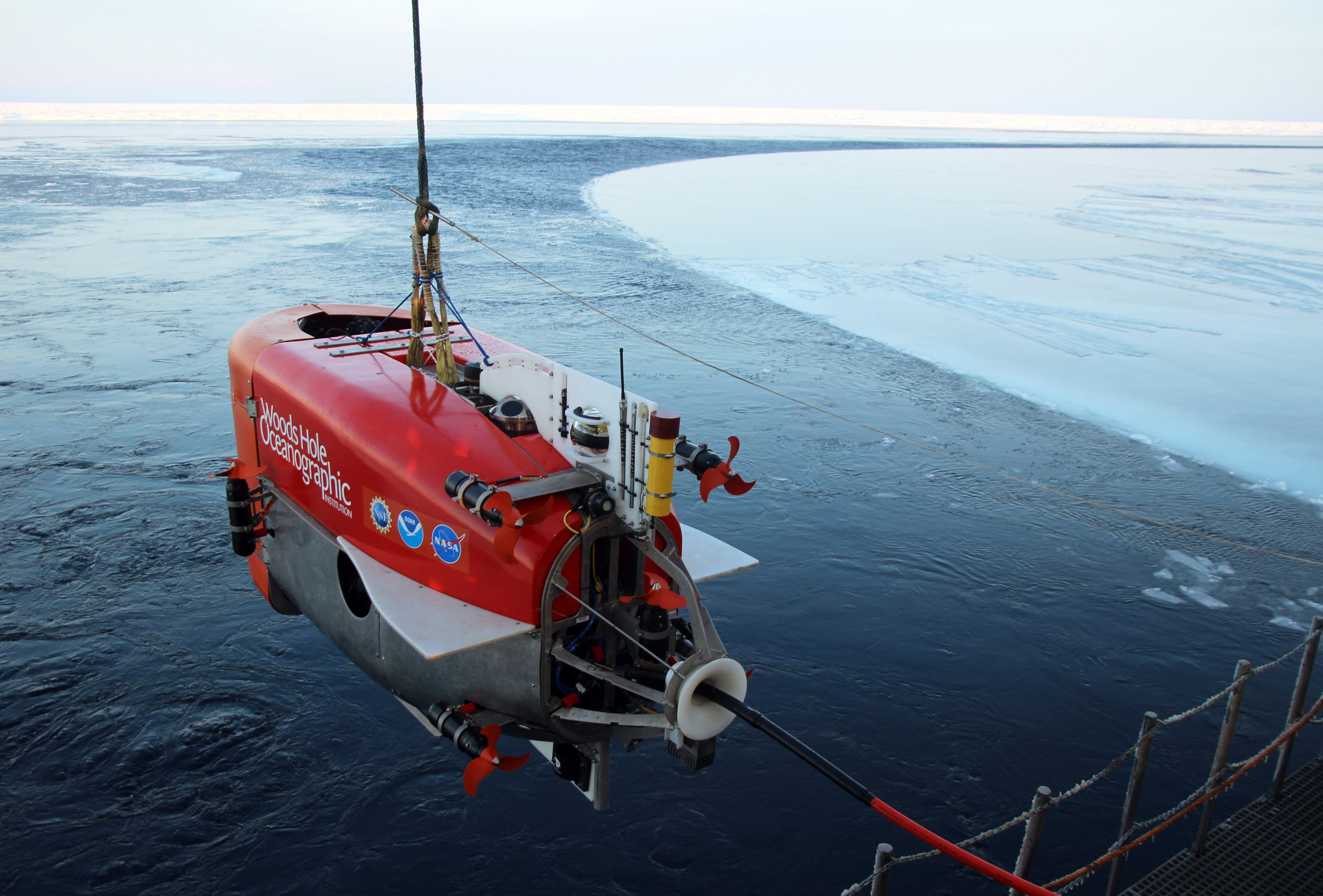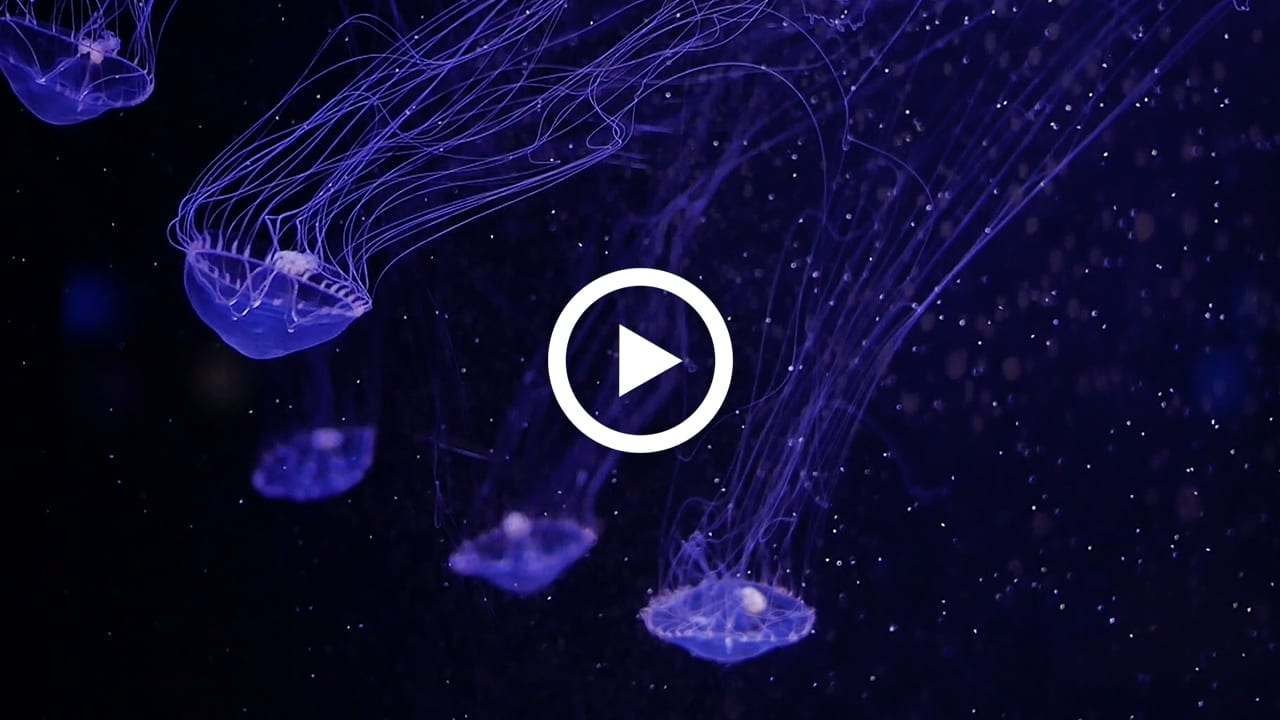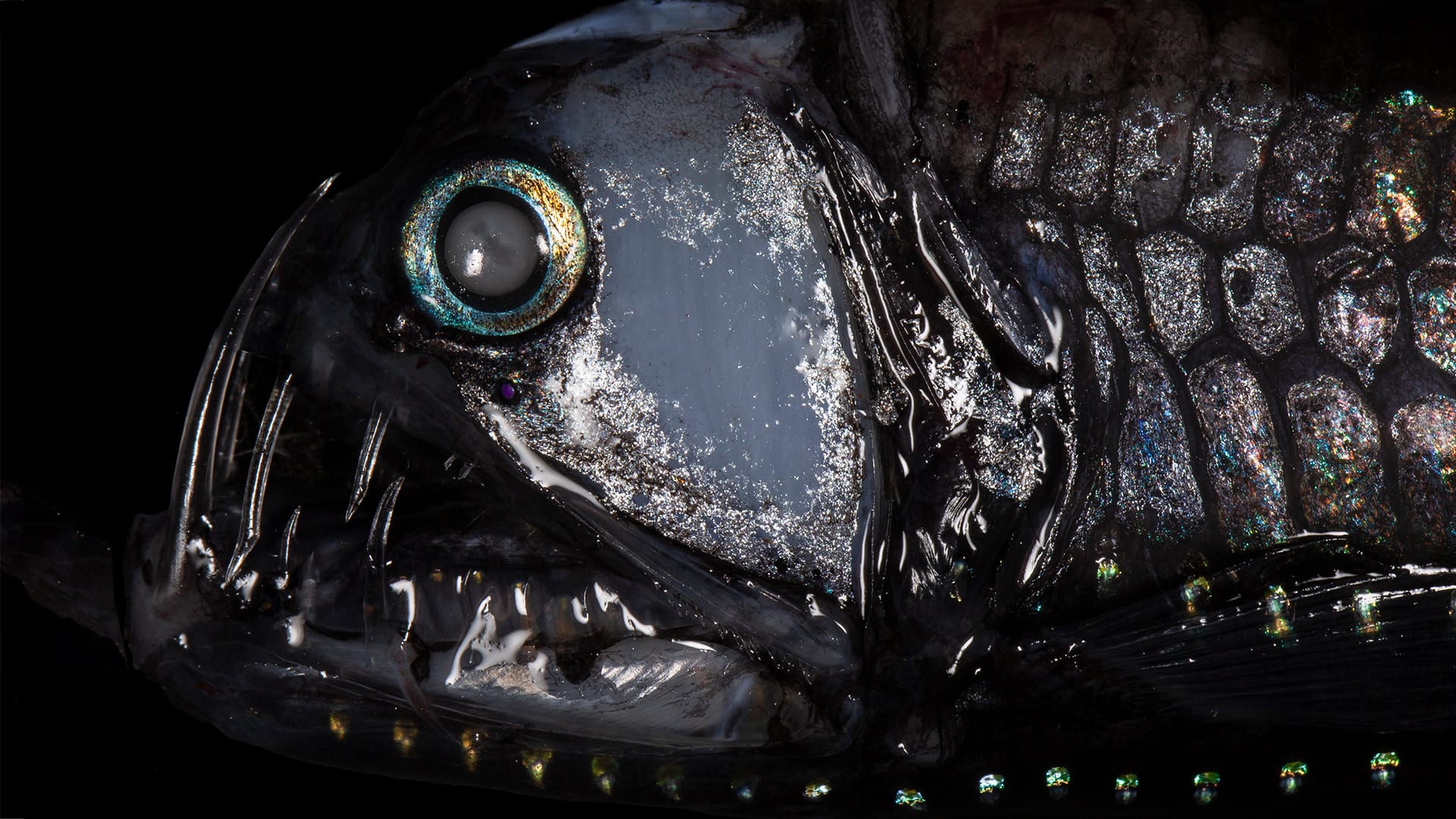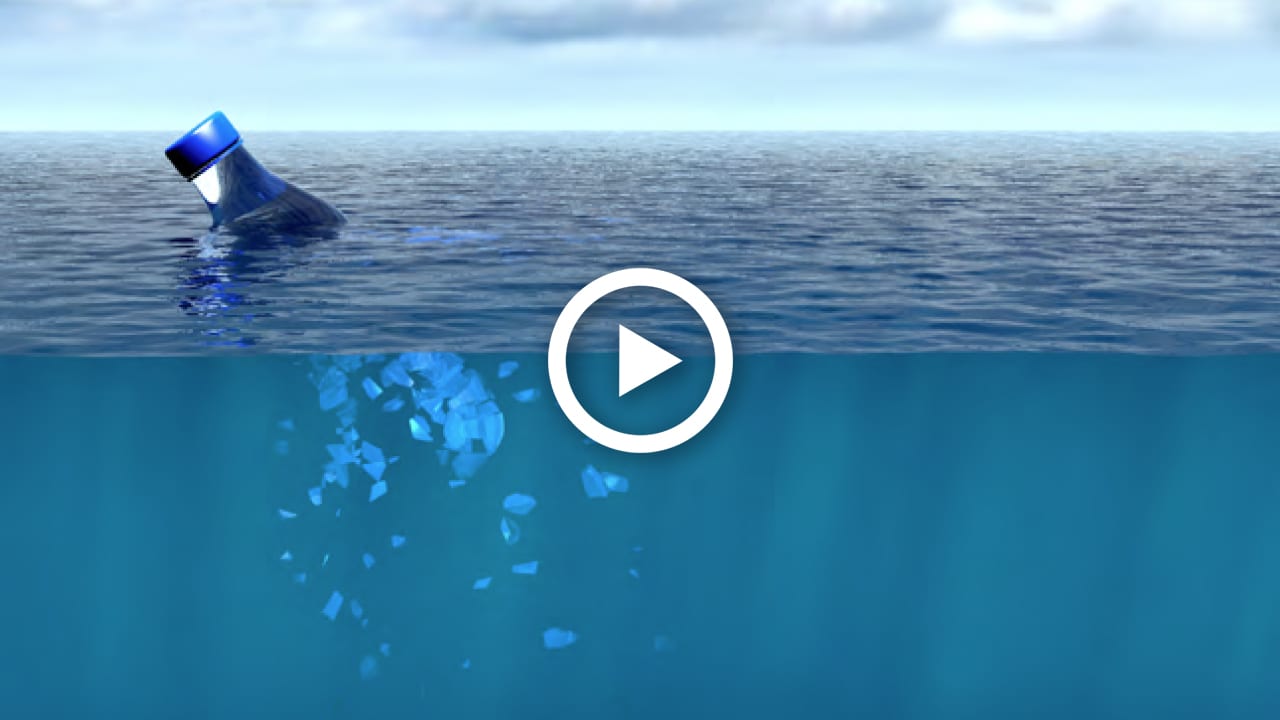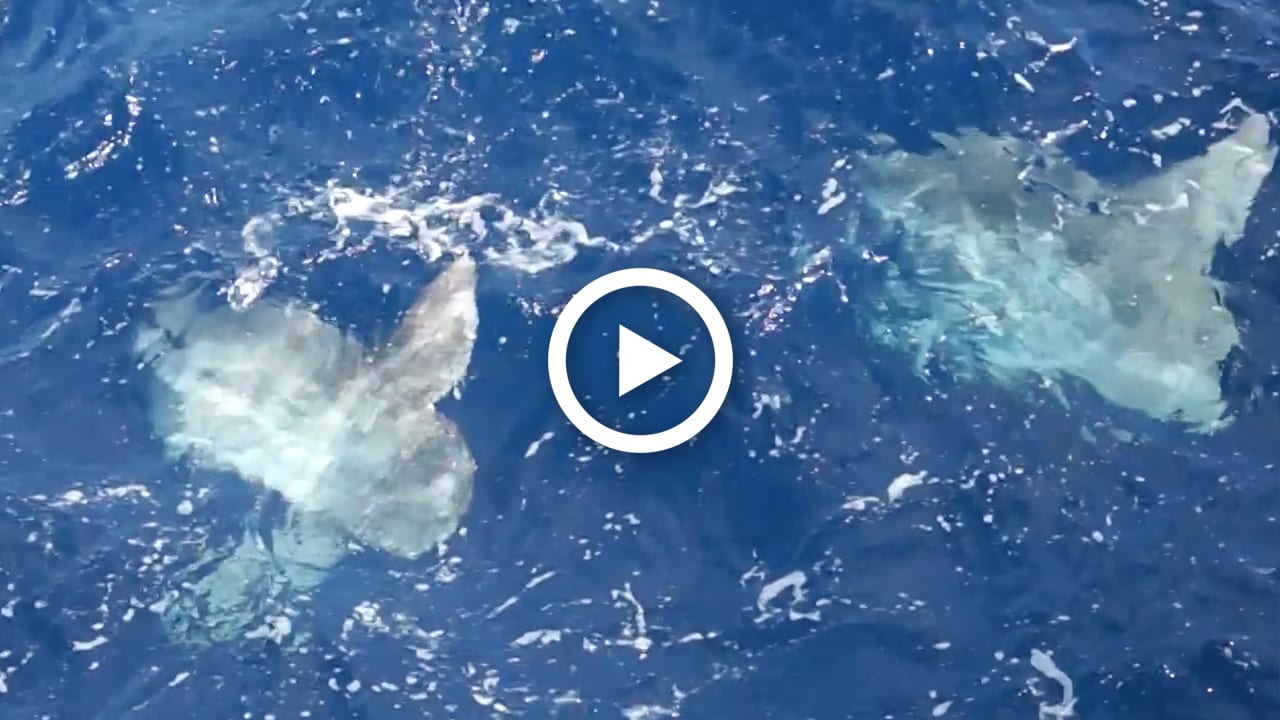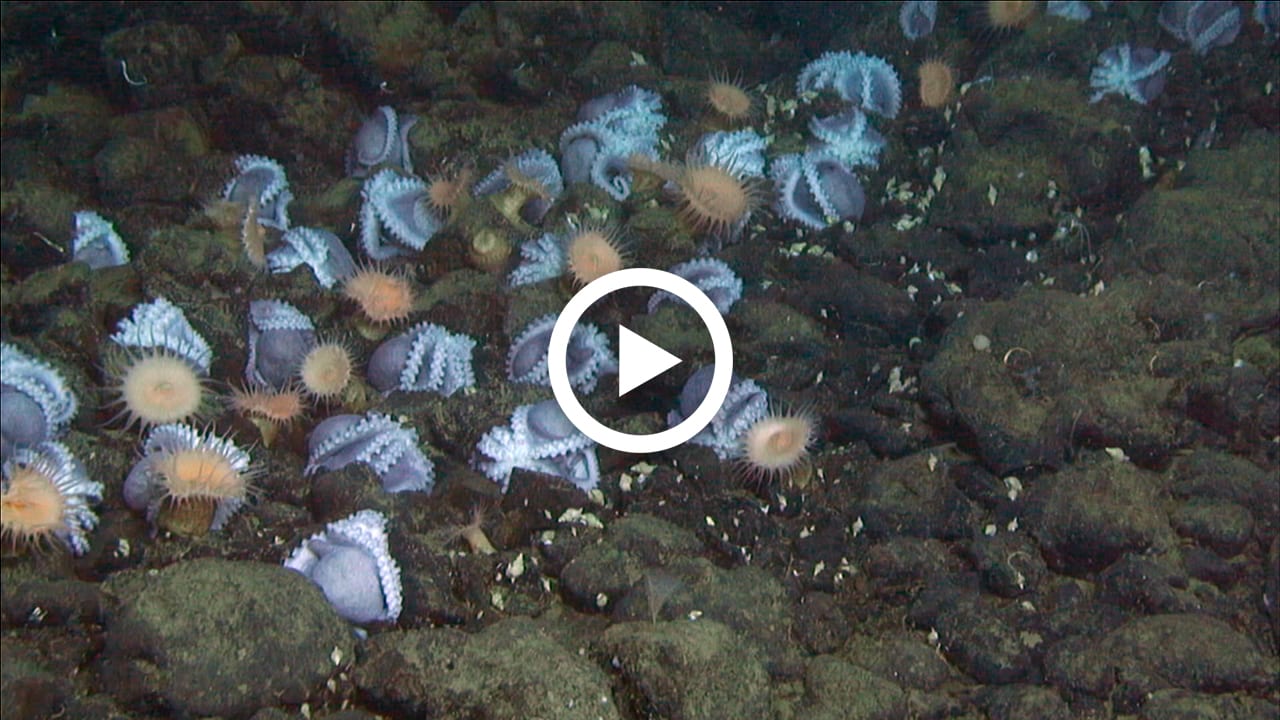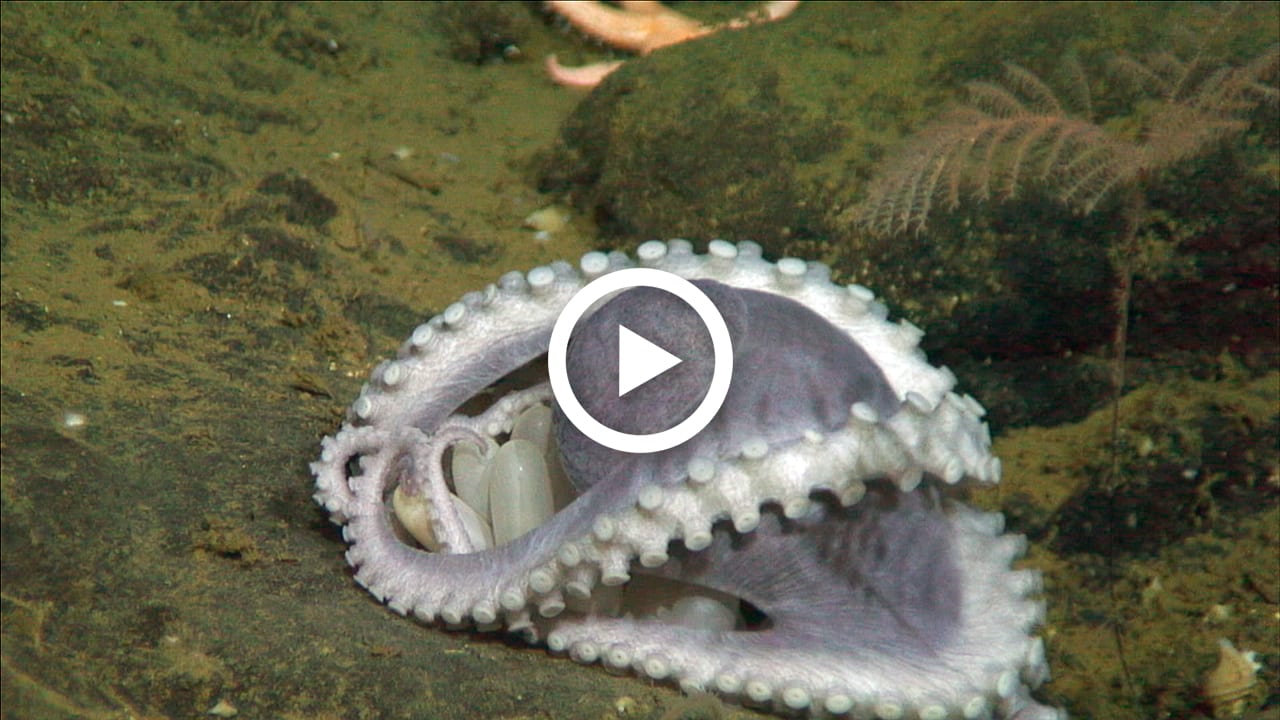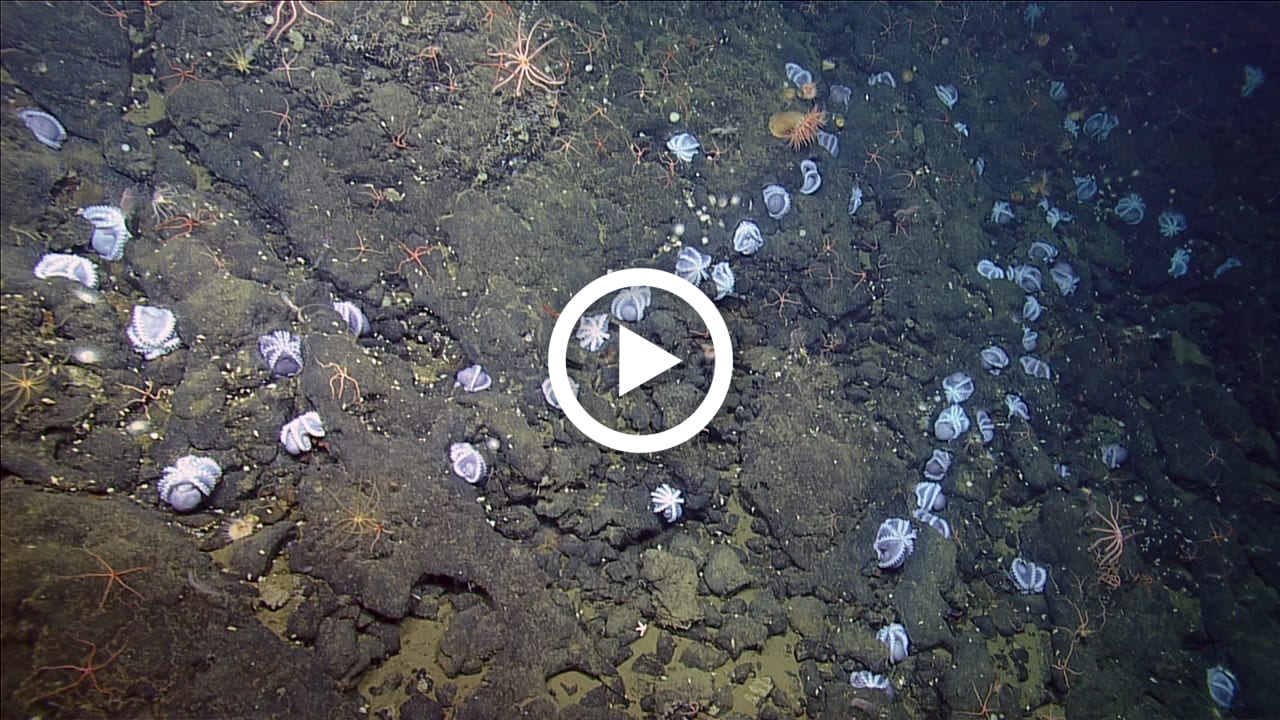Multimedia
Whale Blow Microbiome
Collecting whale blow samples with a drone.
Read MoreWhale Biopsy Collection
Gathering whale skin samples with darts.
Read MoreGirls in Science Program: bioacoustics
Girls in Science Fellowship brings young women to Woods Hole to explore marine STEM careers, guided by experts analyzing marine mammal sounds.
Read MoreWhy is the Greenland Ice Sheet melting faster than ever?
Interview with WHOI senior scientist Claudia Cenedese.
Read MoreTagging Sharks to Study the Twilight Zone
Researchers and fishermen tag two porbeagles, a relative of the goblin shark.
Read MoreLife at the Edge (video series)
Watch this two-part series following a group of scientists as they explore what makes the shelf break front such a productive and diverse part of the Northwest Atlantic Ocean.
Read MoreHoliday Dive
Happily working through the holidays: Alvin, shown here at the vent site more than 2000 meters (1.25 miles) below the surface being piloted by Alvin program manager Bruce Strickrott.
Read MoreA pop of red in the twilight zone
This bejeweled beauty is a strawberry squid (Histioteuthis reversa), sampled from the ocean twilight zone, a mysterious stratum of the ocean between the sunlit surface layer and extending down to about 1,000 meters (3,300 feet) deep.
Read MoreBrisingids sea stars are the velcro of the deep sea
This festive collection of bright orange filter-feeding brisingid sea stars and scavenging sea urchins were found on a rocky seamount about 700 meters (~2,300 feet) deep in the Phoenix Islands…
Read MoreAn icebreaker pauses
WHOI senior engineer Jeff O’Brien offloads an ice-tethered profiler buoy and winch from the CCGS Louis S. St-Laurent, a Canadian Coast Guard icebreaker, during the 2019 expedition (17th year) of WHOI’s Beaufort Gyre Expedition Exploration Project
Read MoreA tipping point
Emperor penguins (Aptenodytes forsteri) are the largest species of penguin and one of the most charismatic animals on Earth. Their lifecycle is dependent on sea ice for breeding, feeding and…
Read MoreTremors of the deep sea
We can all imagine the devastation hurricanes bring ashore. Well it turns out that hurricanes could be just as devastating to denizens of the deep ocean.
Read MoreI spy a pilot whale
This spy-hopping adult female short-finned pilot whale (Globicephala macrorhynchus) was photographed offshore of Hawai‘i Island while checking out the Cascadia Research Collective field team during one of their field projects…
Read MoreSparring Partner
The crew and science team on R/V Neil Armstrong deployed newly designed, 60-foot spar buoy for sea trials about 100 miles south of Cape Cod last week.
Read MoreNereid Under Ice explores Aurora hydrothermal vent field
The newly upgraded Nereid Under Ice, a hybrid remotely operated vehicle, is deployed from the Norwegian Icebreaker KronPrins Haakon to conduct its first deep ocean dives to 4,000 meters (over 13,000 feet) along the Gakkel Ridge in the Arctic Ocean.
Read MoreJellies of the Twilight Zone
Jellyfish have thrived for over 600 million years. WHOI’s Mesobot helps explore their deep-sea home: the mysterious Twilight Zone.
Read MoreThe ghoulish grimace of the viperfish
Bred in darkness, raised to kill, this is the fearsome viperfish – Chauliodus sloani. (Photo by Paul Caiger, Woods Hole Oceanographic Institution)
Read MoreMicroplastics in the Ocean: Emergency or Exaggeration
Watch Microplastics in the Ocean: Emergency or Exaggeration?—a public event featuring global experts on the science and solutions of ocean plastic pollution.
Read MoreMola mola parade
Four giant mola mola, the ocean’s largest bony fish, surprised WHOI crew near Martha’s Vineyard—an unusual and stunning sight at sea.
Read MoreNew Eyes in the Twilight Zone
WHOI’s Ocean Twilight Zone team uses environmental DNA (eDNA) to reveal hidden life deep beneath the ocean’s surface.
Read MoreLightning Deployment
The Sentry Team and deck crew on the research vessel Atlantis had to move quickly in order to launch the autonomous underwater vehicle between squalls off the West Coast recently.
Read MoreExtraordinary Footage of Octopus Garden
Take a break with calming deep-sea footage from Octopus Garden, where thousands of octopuses nest. Peaceful views and a meditative soundtrack await.
Read MoreDiving to Octopus Garden in a Submarine
Explore rare Alvin footage of thousands of octopuses nesting in Octopus Garden, and learn why marine sanctuaries are key to protecting ocean life.
Read MoreDiscover Octopus Garden
Watch this amazing footage, where thousands of mother octopuses were discovered nursing their eggs in a place known as Octopus Garden in Monterey Bay National Marine Sanctuary
Read More
